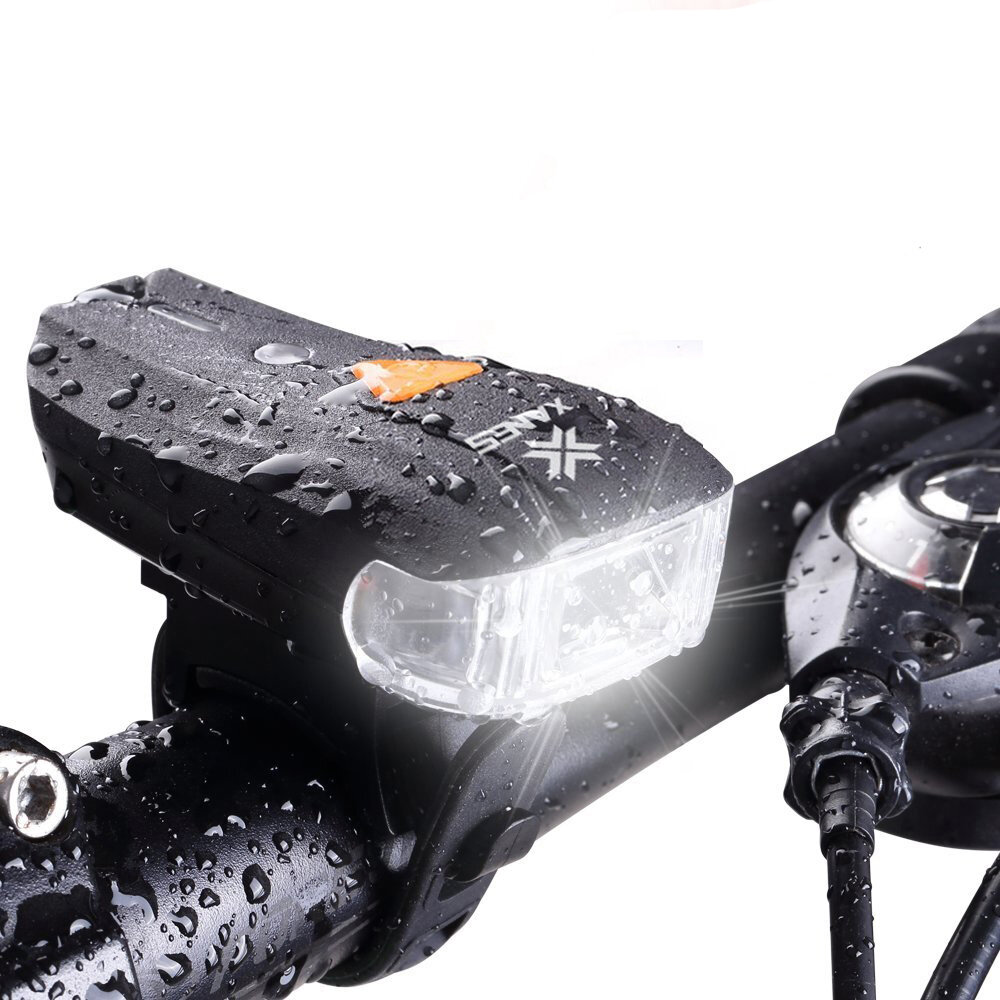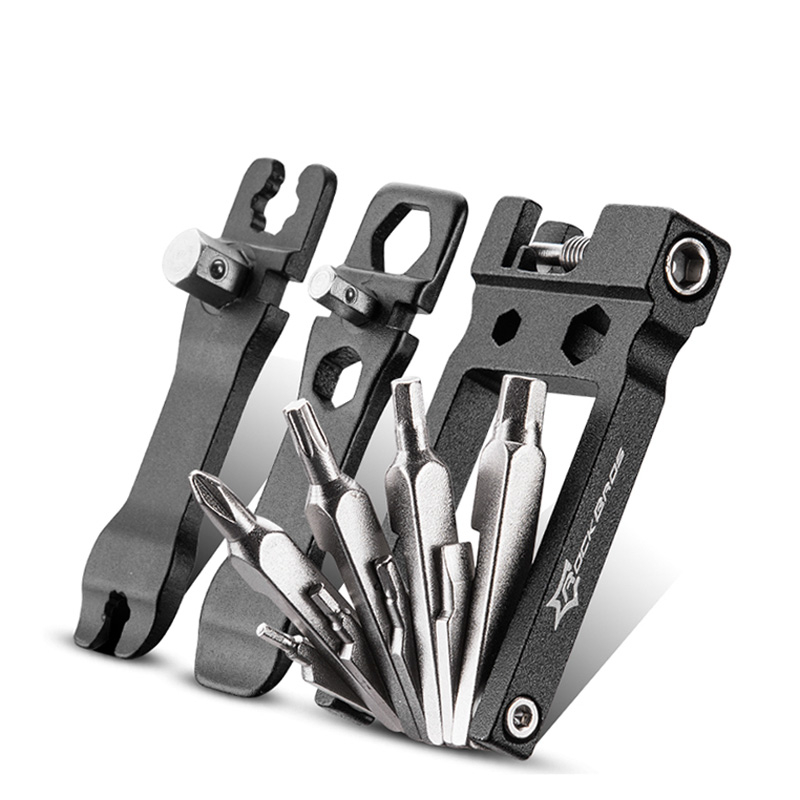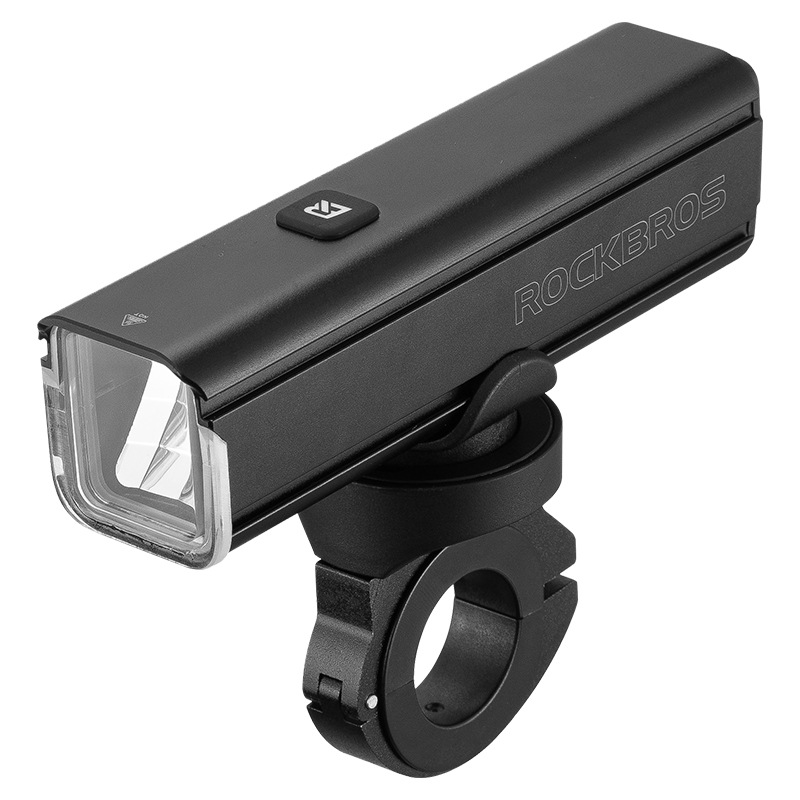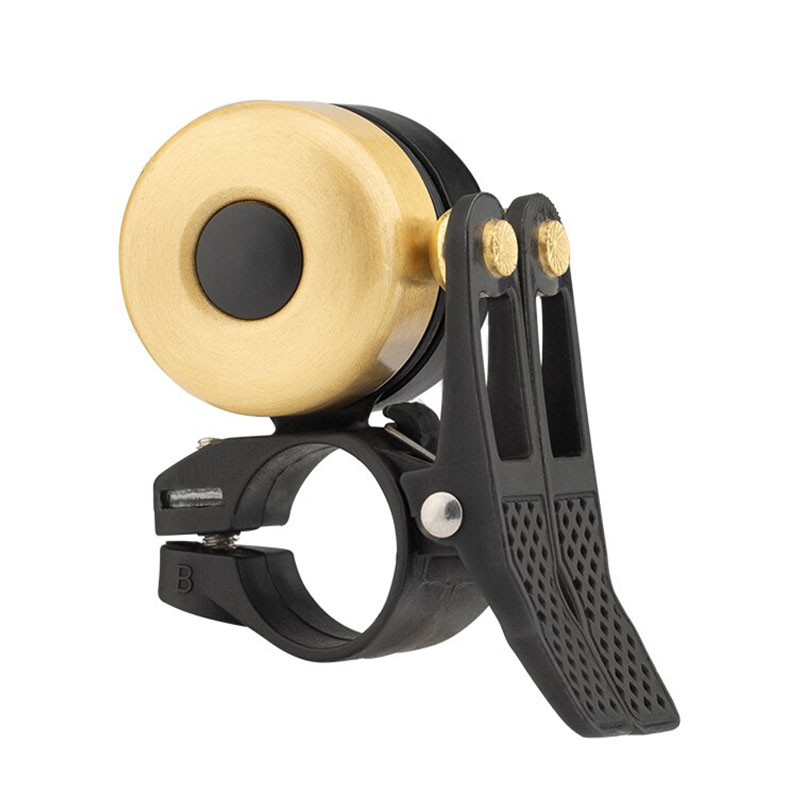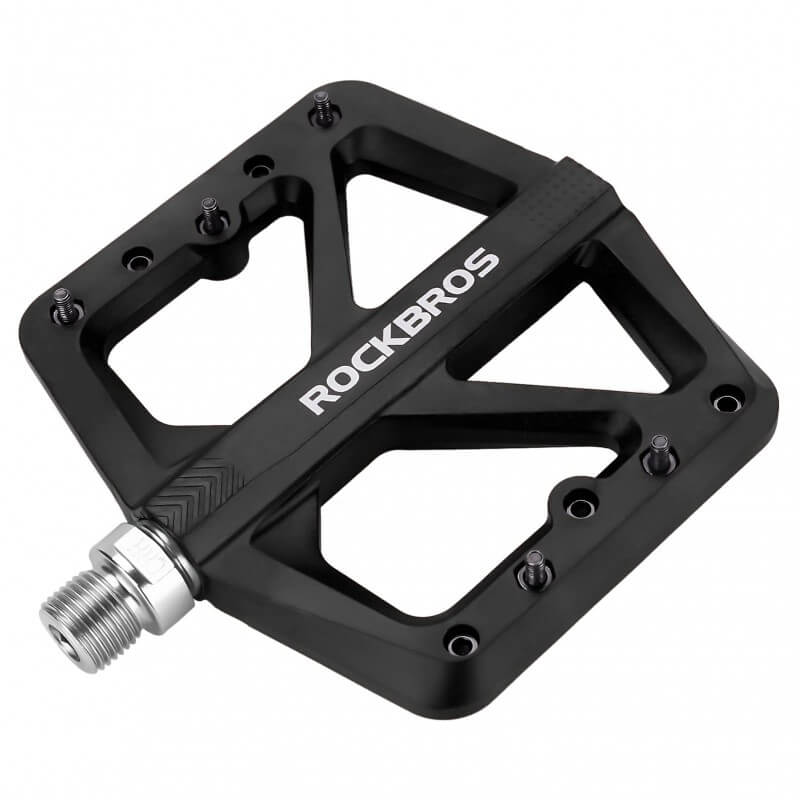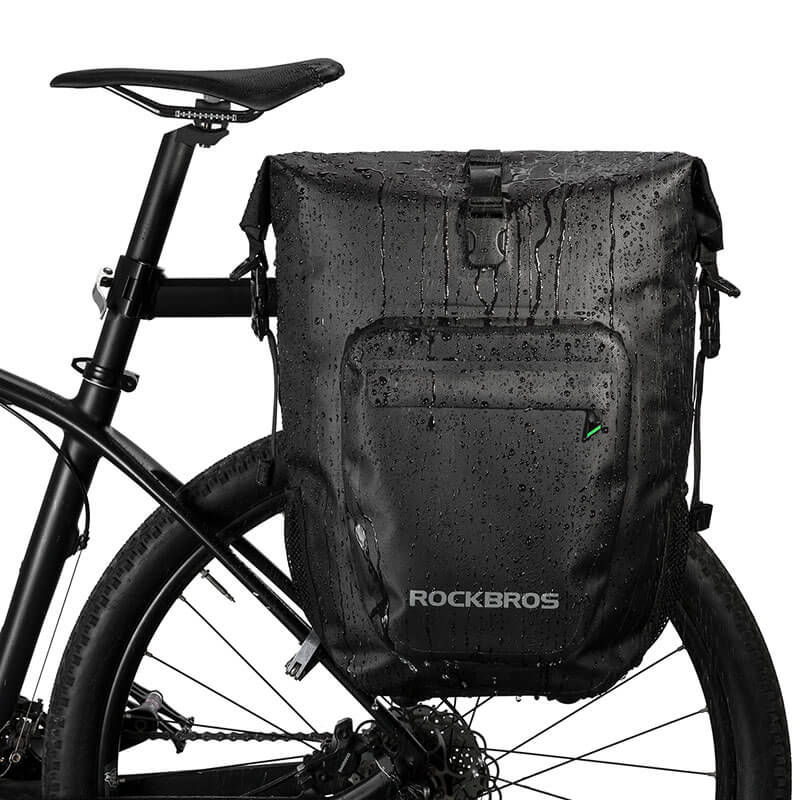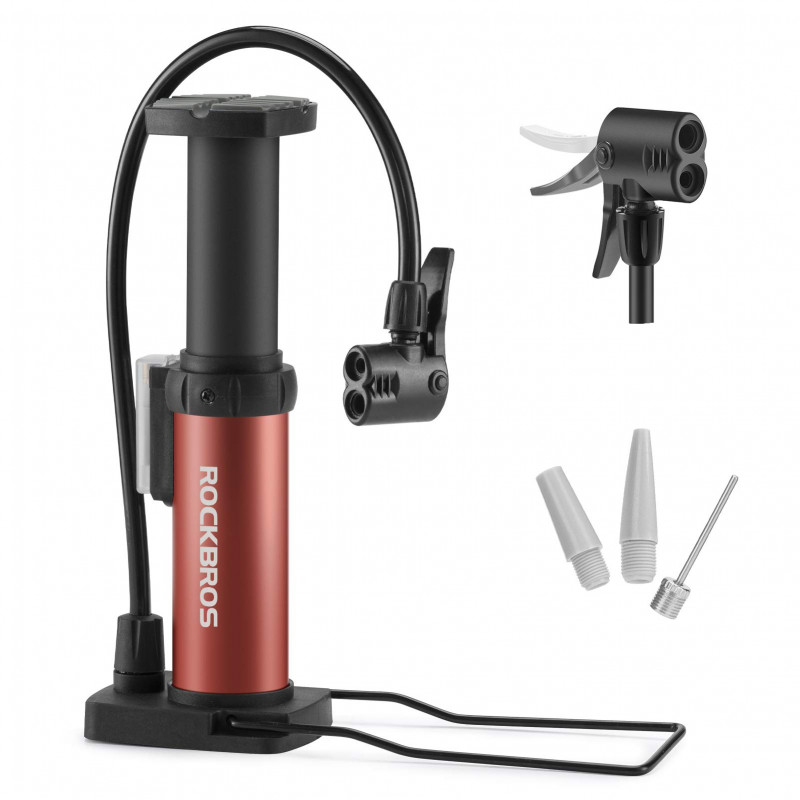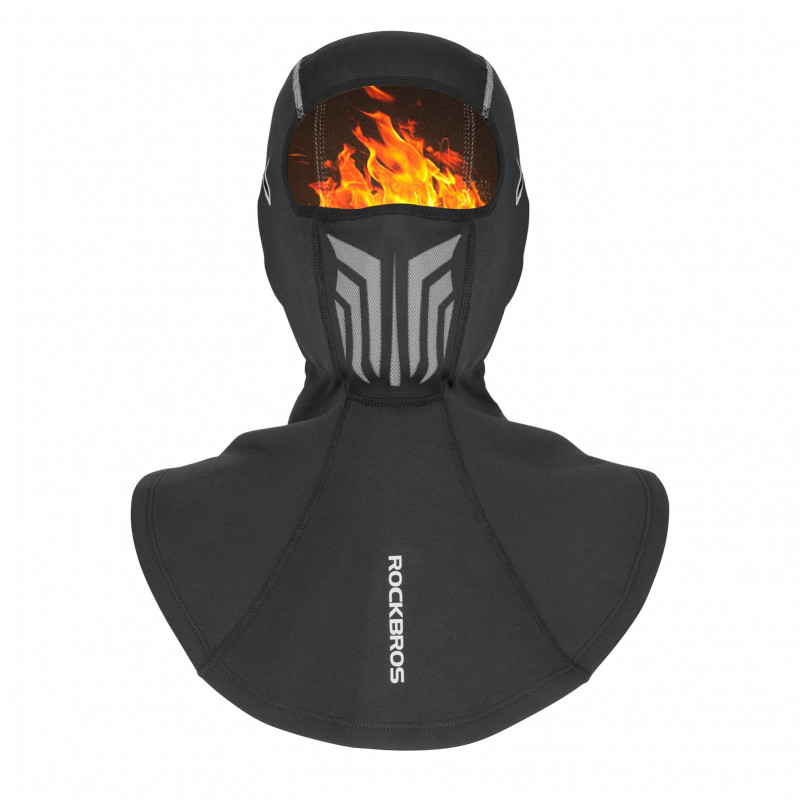10 Must-Have Bike Accessories for a Safe and Comfortable Ride
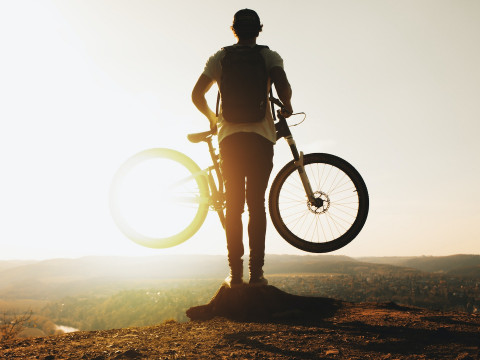
Introduction
When it comes to cycling, the importance of bicycle tires cannot be overstated. They play a crucial role in providing traction, absorbing shocks, and ensuring a smooth and comfortable ride. Among the various factors that influence tire performance, tire pressure and tread are two critical aspects that every cyclist should understand. In this article, we will delve into the science of bicycle tires, exploring the significance of tire pressure and tread, and providing valuable insights for optimizing these factors based on different riding conditions.
Importance of Bicycle Tire Pressure
Tire pressure directly affects the overall performance and safety of a bicycle. It determines the amount of contact between the tire and the road surface, influencing factors such as rolling resistance, traction, cornering grip, and shock absorption. Proper tire pressure ensures optimal efficiency and control, while improper pressure can lead to subpar performance and increased risk of accidents.
Factors Affecting Tire Pressure
Several factors impact tire pressure, including rider weight, tire size, terrain, weather conditions, and personal preference. Rider weight and tire size play a crucial role in determining the recommended pressure range specified by the tire manufacturer. Terrain and weather conditions also influence tire pressure, with lower pressures providing better grip on rough surfaces and higher pressures suited for smooth roads.
Optimal Tire Pressure for Different Riding Conditions
The optimal tire pressure varies depending on the riding conditions. For road bikes, where speed and efficiency are paramount, higher tire pressures within the recommended range are generally preferred. Mountain bikes, on the other hand, benefit from lower tire pressures that improve traction and shock absorption on uneven and off-road terrains. Hybrid bikes require a balance between these two extremes, with tire pressures adjusted according to the intended riding surface.
The Role of Tread in Bicycle Tires
Tread refers to the pattern on the surface of the tire that comes into contact with the road. While it may seem counterintuitive, bicycle tires don't require aggressive treads like those found on car tires. The primary purpose of tread on bicycle tires is to channel water away and maintain grip on wet surfaces. On dry roads, excessive tread can increase rolling resistance and reduce overall efficiency.
Types of Tread Patterns
There are various tread patterns available for bicycle tires, each designed to excel in specific conditions. Slick or semi-slick tires feature minimal tread, providing excellent efficiency on smooth roads. Grooved or knobby tires have more pronounced treads that offer better traction on loose or uneven surfaces. Hybrid tread patterns combine elements of both, providing versatility for different riding conditions.
Choosing the Right Tread for Your Riding Style
Selecting the appropriate tread for your riding style is crucial. If you primarily ride on paved roads, slick or semi-slick tires are ideal as they offer low rolling resistance, allowing you to maintain higher speeds and efficiency. For off-road or trail riding, tires with knobby or grooved treads provide better grip and control on loose or muddy surfaces. Consider your typical riding conditions and choose a tread pattern that suits your needs and preferences.
Tire Pressure and Tread for Road Bikes
For road biking enthusiasts, tire pressure plays a vital role in achieving optimal performance. Higher tire pressures within the recommended range are generally preferred for road bikes. This helps reduce rolling resistance, allowing riders to maintain higher speeds with less effort. It also enhances cornering stability and minimizes the risk of pinch flats. However, it's essential to strike a balance between higher pressures and comfort to ensure a smooth and enjoyable ride.
When it comes to tread for road bikes, slick or lightly treaded tires are commonly used. These tires maximize contact with the road surface, promoting excellent grip and efficiency. They are designed to provide minimal rolling resistance, allowing riders to maximize their speed on smooth pavement.
Tire Pressure and Tread for Mountain Bikes
Mountain biking entails tackling various terrains, including dirt trails, rocky paths, and muddy tracks. Optimal tire pressure for mountain bikes differs from that of road bikes. Lower tire pressures are generally preferred to improve traction and shock absorption on rough surfaces. This allows the tire to conform better to obstacles, providing better grip and control.
As for tread patterns, mountain bike tires often feature more aggressive and pronounced treads. These patterns, such as deep knobs and wide-spaced lugs, are designed to bite into loose terrain, providing enhanced traction and stability. The depth and spacing of the treads also help shed mud and debris, preventing them from clogging the tire and compromising performance.
Tire Pressure and Tread for Hybrid Bikes
Hybrid bikes offer versatility, combining features of both road and mountain bikes. As such, tire pressure and tread selection for hybrid bikes depend on the intended riding conditions. For primarily road-based riding, higher tire pressures and slick or lightly treaded tires provide better efficiency and speed. If venturing off-road occasionally, adjusting the tire pressure to a slightly lower range and opting for hybrid tread patterns can ensure better grip on mixed surfaces.
Maintaining Proper Tire Pressure
Maintaining proper tire pressure is essential for optimal performance and safety. It's recommended to check tire pressure before every ride, as it can gradually decrease over time due to small leaks or normal air permeation. Use a reliable pressure gauge and refer to the manufacturer's guidelines for the recommended pressure range.
Checking Tire Pressure
To check tire pressure, first, ensure the tire is cool. Unscrew the valve cap and press the gauge onto the valve stem firmly. The gauge will display the current pressure reading. Compare this reading to the recommended pressure range and adjust accordingly.
Adjusting Tire Pressure
To add air, use a bicycle pump with a pressure gauge. Attach the pump securely to the valve stem and inflate the tire in small bursts, periodically checking the pressure with the gauge. If the pressure exceeds the desired range, release air by pressing the valve stem lightly or using a valve tool.
Common Mistakes to Avoid
When it comes to tire pressure and tread, there are some common mistakes to avoid. Overinflating or underinflating tires can lead to compromised performance, reduced control, and an increased risk of flats. It's important to find the right balance and adhere to the recommended pressure range. Additionally, using an incompatible tread pattern for your riding conditions can negatively impact traction and overall ride quality.
Conclusion
Understanding the science behind bicycle tires, including tire pressure and tread, is crucial for maximizing performance, safety, and enjoyment while riding. By maintaining the optimal tire pressure and selecting the appropriate tread pattern based on your riding style and conditions, you can enhance your cycling experience. Remember to regularly check and adjust tire pressure, considering factors such as rider weight, terrain, and weather conditions.
In conclusion, the science of bicycle tires revolves around two key factors: tire pressure and tread. Tire pressure directly affects performance, efficiency, and safety, while tread patterns determine grip and traction on different surfaces. By understanding the optimal tire pressure for your riding style and choosing the right tread pattern for your intended terrain, you can unlock the full potential of your bicycle.
Frequently Asked Questions (FAQs):
What happens if I inflate my bicycle tires beyond the recommended pressure range? Overinflating your bicycle tires can result in a harsh and uncomfortable ride, reduced traction, and an increased risk of flats. It's important to stick within the recommended pressure range for optimal performance.
Can I use the same tire pressure for both road and off-road riding on my hybrid bike? While it's possible to use the same tire pressure for both road and off-road riding on a hybrid bike, adjusting the pressure based on the terrain can significantly improve performance. Lower pressures are generally better for off-road riding, providing enhanced grip and shock absorption.
How often should I check my tire pressure? It's recommended to check your tire pressure before every ride. Tire pressure can gradually decrease over time due to normal air permeation or small leaks. Regularly checking and maintaining proper tire pressure ensures a smooth and safe riding experience.
Do different tire tread patterns affect the lifespan of the tire? Tire tread patterns themselves do not significantly impact the lifespan of the tire. However, aggressive tread patterns with deeper knobs or lugs may wear faster when used predominantly on paved roads. Regular inspection and replacing worn tires are necessary to ensure optimal performance and safety.
Are tubeless tires a better option compared to traditional clincher tires? Tubeless tires offer several advantages, including reduced rolling resistance, improved puncture resistance, and the ability to run lower tire pressures. However, they require specific rims and tire sealant, and installation can be more complex. The choice between tubeless and clincher tires depends on your riding preferences and requirements.
Now that you have a deeper understanding of the science behind bicycle tires, you can make informed decisions regarding tire pressure and tread selection. Remember to prioritize safety, comfort, and performance while enjoying your rides. Happy cycling!
